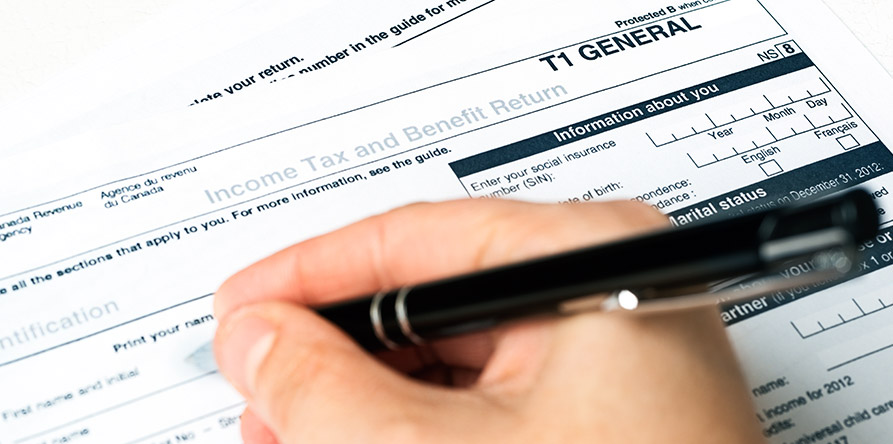
Tax changes you need to know about this year, from home offices to house flipping
Source: The Canadian Press
Taxes may well be a certainty of life, but they can morph and multiply by the year, including some big changes this filing season.
Here are the new rules you should know about:
Deducting home office expenses
Throughout the COVID-19 pandemic, workers could deduct $2 a day from their taxable earnings for each day worked from home, up to a maximum of $500. That "temporary flat rate" no longer applies.
When filing for 2023, employees can only deduct home office expenses if they were required — not simply allowed — to work from home more than half the time for at least a month straight. And they need a form called the T2200 signed and handed over by their employer to do so.
“You've got to add up all your expenses, whether it's utilities or repairs and all the rest, and then claim a portion of those based on the square footage of your office as a percentage of your entire home”, said a tax and personal finance expert.
Paying late? Higher rate
The interest rate on overdue income taxes has risen to 10 percent from 9 percent.
“If you’re late on paying taxes, you might even be better off borrowing money from the bank or borrowing on a line of credit to pay your taxes, because that rate's probably lower than what the CRA is charging on overdue taxes”.
Savings for your first home
As of last April, Canadians who have not owned a home for at least four years can make contributions of up to $8,000 annually to the First Home Savings Account, with a total cap of $40,000.
Money socked away here is tax-deductible, and the income earned inside the registered plan will not be taxed either, including when it’s withdrawn to put toward a house or condo.
However, unlike with a Tax-Free Savings Account or a Registered Retirement Savings Plan, the carry-forward limit maxes out quickly.
So if you open an FHSA, make no contributions to it for 10 years, you have carry-forward room of $8,000; you have not accrued $40,000 of carry-forward room.
“In year 11, for example, you can make your $8,000 contribution, plus $8,000 of carry-forward.”
Moreover, the FHSA currently has a 15-year time limit, after which the funds can be transferred to an RRSP or withdrawn as taxable income, if it's not used to buy a home.
Save 15 per cent when grandma moves in
With housing an increasingly scarce resource, the Multigenerational Home Renovation Tax Credit aims to ease the cost of establishing a secondary unit.
The credit lets homeowners claim 15 per cent of the renovation cost up to a maximum of $50,000, potentially allowing them to subtract as much as $7,500 from their income tax.
However, the mother-in-law suite must be self-contained.
“It has to have its own entrance, its own kitchen, bathroom, sleeping area,” “You can't just sort of carve up one room of the house and then renovate it and claim the tax credit.”
Flipping the script on home flippers
As of Jan. 1 2024, profits from the sale of residential properties owned for less than a year are taxed as business income, rather than treated as a tax-free capital gain if it’s your primary residence.
“The government's been concerned about people who are buying, fixing up and flipping properties. For many years people have been kind of abusing the rules and calling these properties their principal residences and really not paying any tax,”
Ratcheting up the tool deduction
Employees in the trades can now deduct twice the amount of their tool-related costs: $1,000 versus $500 the previous year.
While a welcome move, it might not make a significant difference.
"If you spend $1,000 on tools, you might get back $300 or maybe $350 when you claim the deduction for those things,” assuming an annual income of around $100,000.
This article was from The Canadian Press and was legally licensed through the DiveMarketplace by Industry Dive. Please direct all licensing questions to legal@industrydive.com.


